We use cookies to make your experience better. To comply with the e-Privacy directive, we need to ask for your consent to set the cookies. Learn more.

Question on DVS?
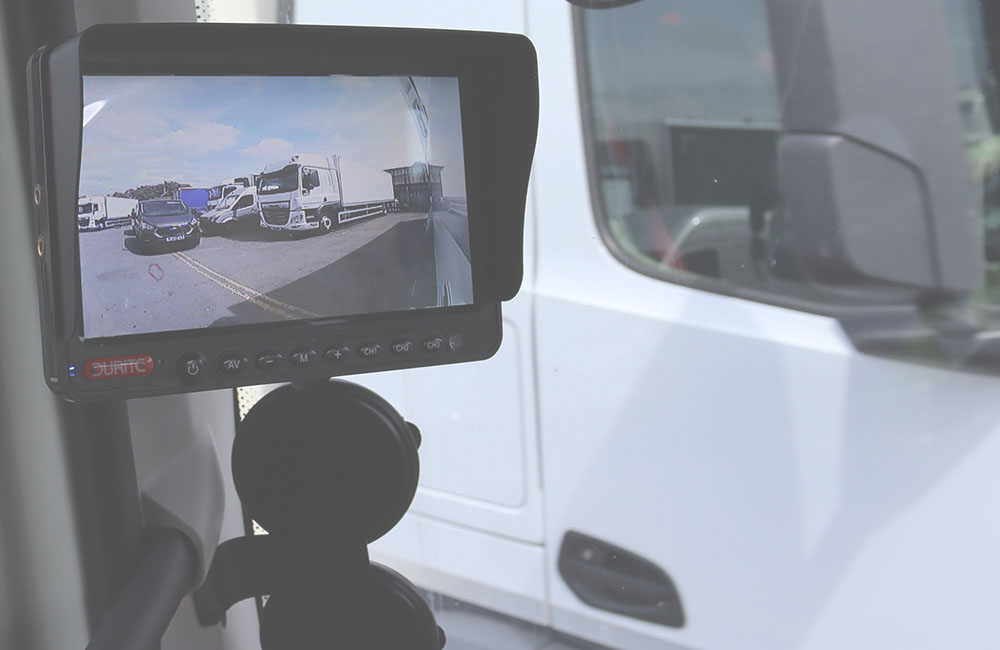
WHAT IS A DVS PROGRESSIVE SAFE SYSTEM?
The Progressive Safe System (PSS) is an enhanced version of the current DVS Safe System that fleet operators will need to install on their HGVs over 12T, so they can travel and operate legally within Greater London from 28th October 2024.
The new DVS Progressive Safe System shares the same purpose as the current system but boasts increased intelligence and sophistication. It aims to provide drivers with indirect vision and eliminate blind spots on the nearside of the vehicle. The key difference lies in its nearside detection system, also known as Blind Spot Information System (BSIS). This system can distinguish between stationary and moving objects, alerting the driver only when moving objects are detected. Additionally, the nearside camera monitoring system is required to completely eliminate blind spots on the nearside of both the vehicle and trailer. Finally, a front sensor detection system, known as Moving Off Information System (MOIS), needs to be fitted. Similar to the BSIS, it can distinguish between stationary and moving objects, alerting the driver only when moving objects are detected.
Explore our range of DVS Progressive Safe Systems
We have put together a range of All-in-One kits to suit your fleet and ensure full compliance with DVS Phase 2.
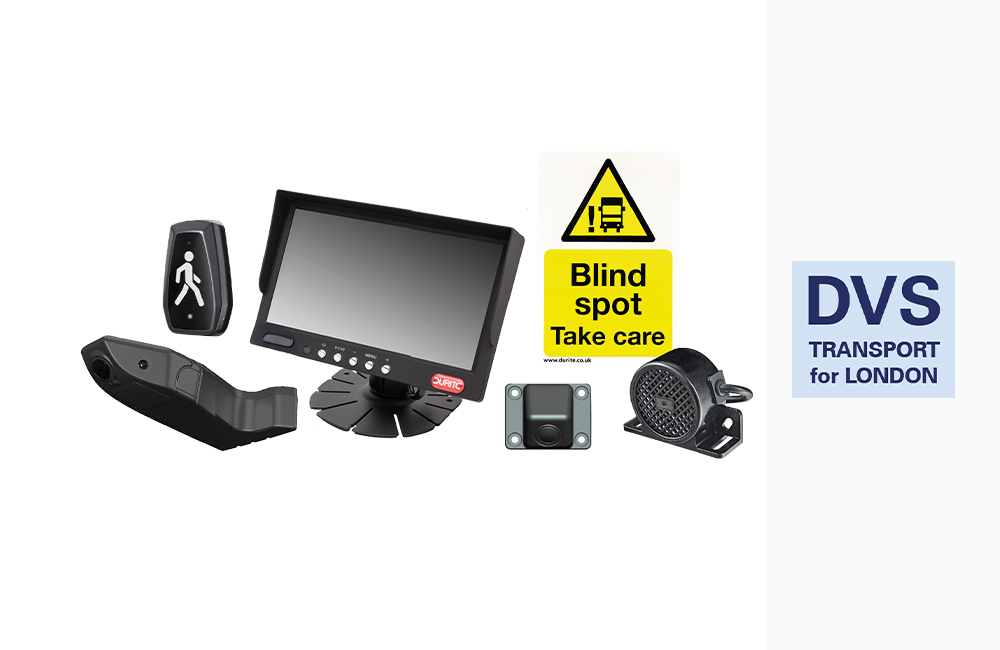
DVS Progressive Safe System (PSS) >
Basic requirement to comply with the Direct Vision Standard (DVS) Phase 2
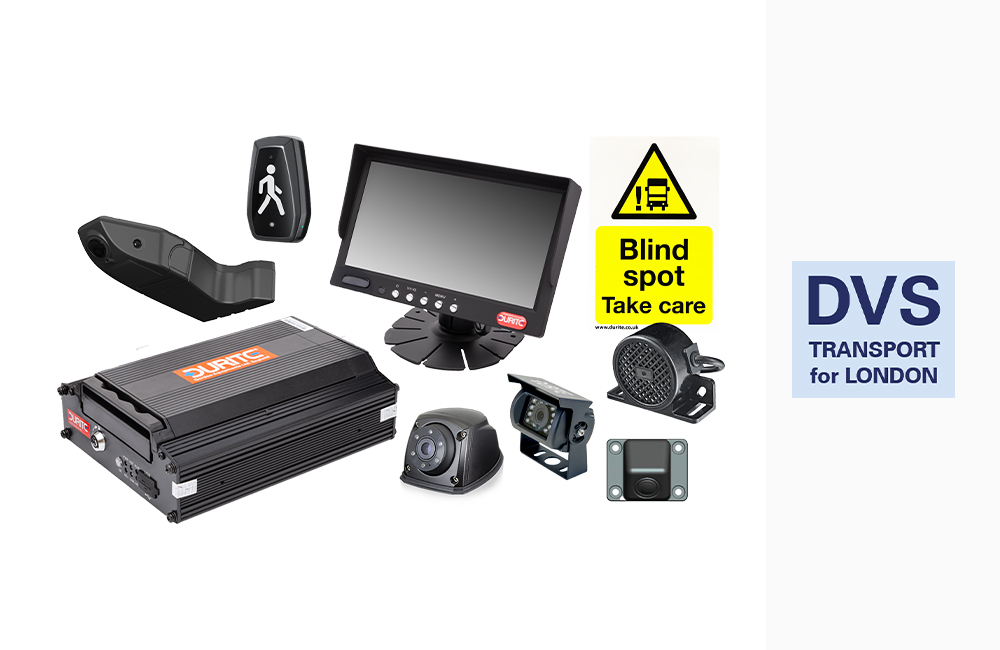
DVS Progressive Safe System (PSS) with DVR >
Record evidence in case of an incident and comply with DVS Phase 2
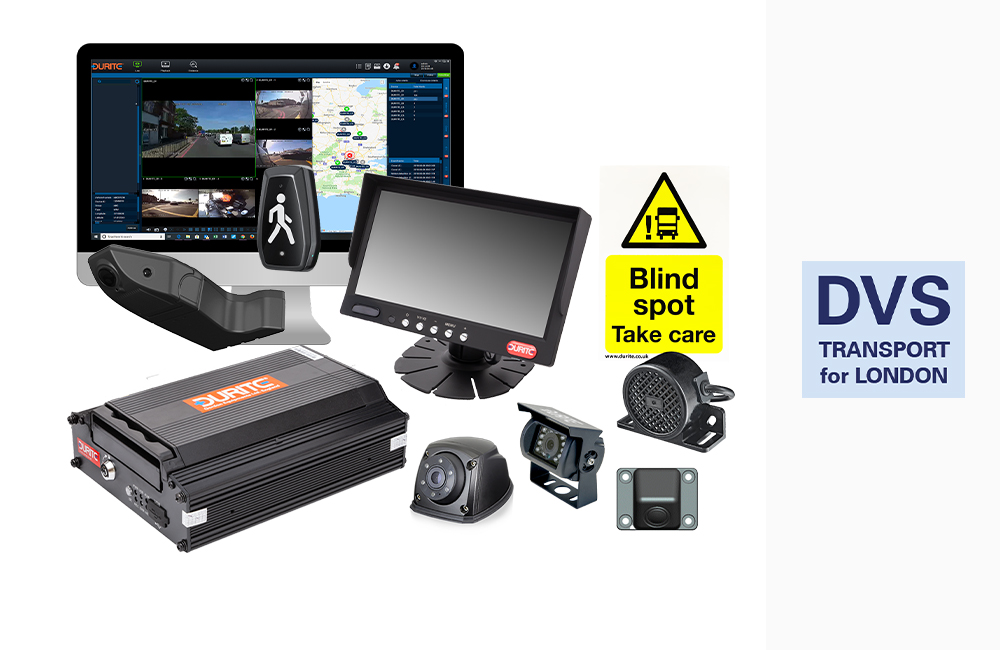
DVS Progressive Safe System (PSS) with 4G DVR >
Record evidence, manage your fleet in real time and comply with DVS Phase 2

Durite Progressive Safe Systems (PSS) Benefit From Extensive Coverage

Blind Spot Information System (BSIS) Front Driver View
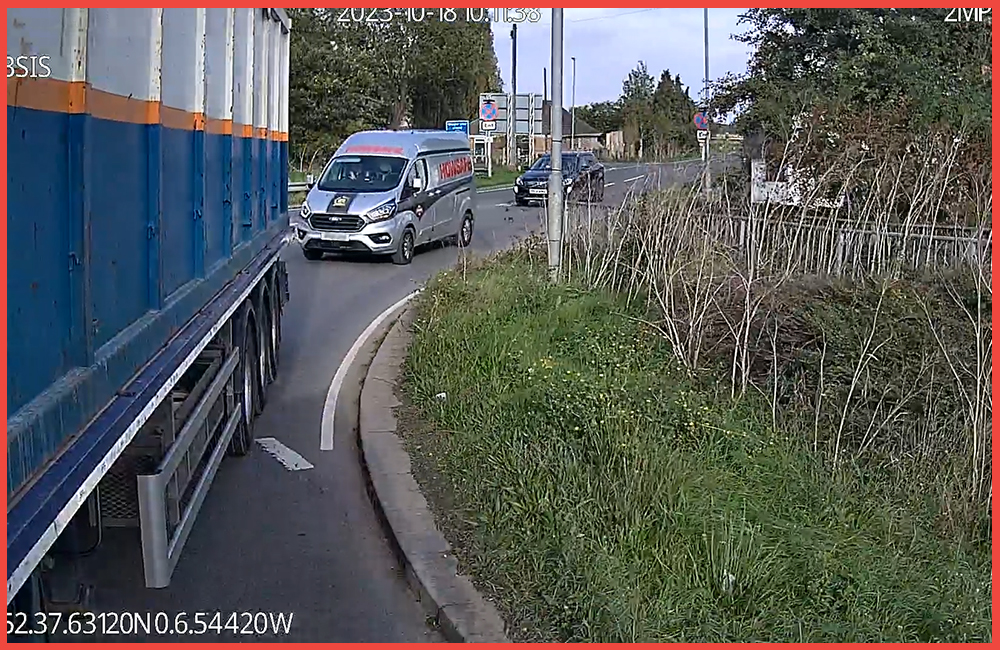
Blind Spot Information System (BSIS) Nearside Rear Driver View
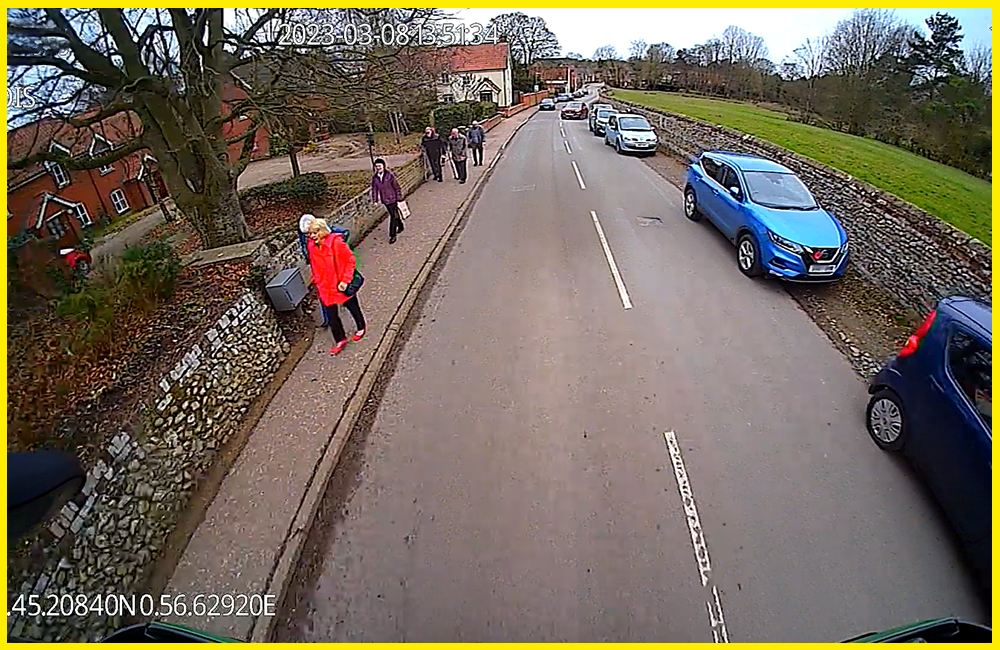
Moving Off Information System (MOIS) Front Driver View
Do I require a DVS progressive safe system?
If you know the DVS star rating of your HGV is 0, 1 or 2 stars, or if you have been granted a DVS Safety Permit until 2024 only, then you will need to install a Progressive Safe System to your vehicle before reapplying for a new DVS Safety Permit.
If you are planning to have your fleet of HVGs over 12T in gross weight travelling or operating within Greater London, then you will need to find out their star ratings either from the TfL website or by emailing us your Vehicle Registration Number (VRN). We will be able to let you know whether you will need to retrofit a Progressive Safe System.
According to Transport for London (TfL), over 211,000 HGVs will need to have a new DVS Progressive Safe System fitted to be compliant before applying for the HGV Safety Permit. Be DVS compliant and avoid being fined up to £550/day!

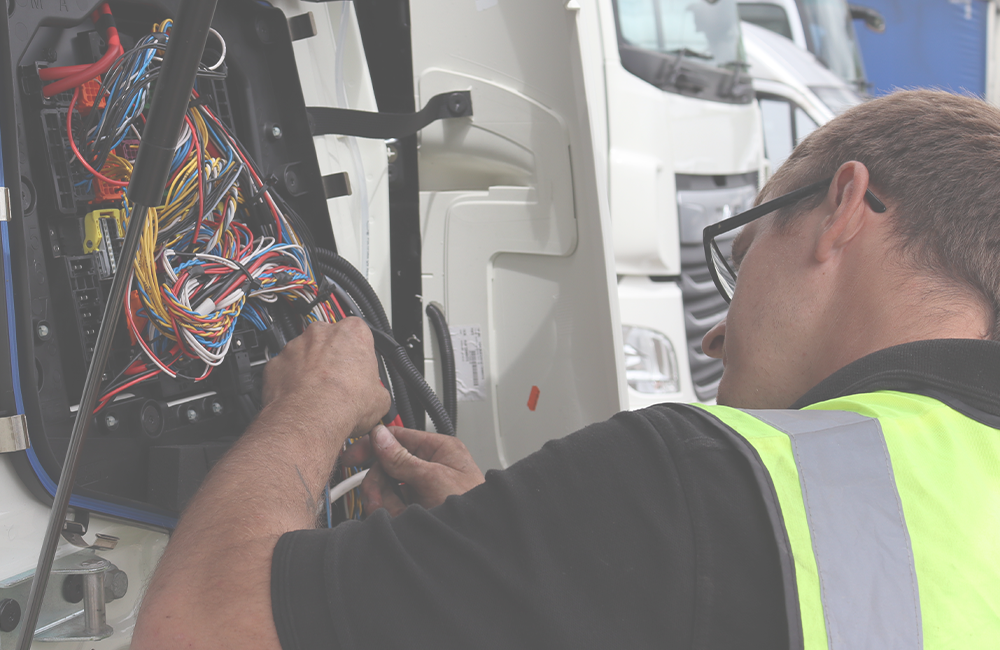
WHEN DO I NEED TO HAVE THE DVS PROGRESSIVE SAFE SYSTEM FITTED?
If your HGVs weigh over 12T, are rated 3 stars or below, and you are travelling or operating within Greater London, then you will need a DVS Progressive Safe System in place from 28th October 2024.
The Direct Vision Standard (DVS) Phase 2 application opens on 24th June 2024. HGVs with a DVS star rating of 0, 1, or 2 applying for a DVS Safety Permit after this date will need to have a Progressive Safe System (PSS) fitted to their vehicle before it can be granted.
From 28th October 2024, all HGVs over 12 tonnes travelling through Greater London will need to have a DVS star rating of 3 or higher, or a PSS fitted if their rating is lower. Operators who can prove they have ordered a PSS or booked an installation, and register this with Transport for London (TfL) before 28th October 2024, will be granted a grace period until May 4th, 2025 to get the system fitted.
DVS Progressive Safe System (PSS) Requirements
For HGVs over 12T with a DVS star rating less than 3-star, and are looking to travel through Greater London.
Mirrors
Class V & VI Mirrors can now be replaced by an ECE R46 approved Camera Monitoring System; or a combination of them can be used.
Nearside camera
Nearside camera must completely eliminate the remaining vehicle blind spot at the nearside.
Side sensor detection
Sensors must ensure full coverage down the nearside of vehicles and trailers, and must not activate in relation to roadside furniture.
Front Sensor Detection / MOIS
HGVs must have a front sensor system that activates on a proximity information signal detecting pedestrians or cyclists.

GET THE LATEST UPDATES ON DIRECT VISION STANDARD (DVS) & INDUSTRY REGULATIONS
Sign up to the Durite E-news today.
